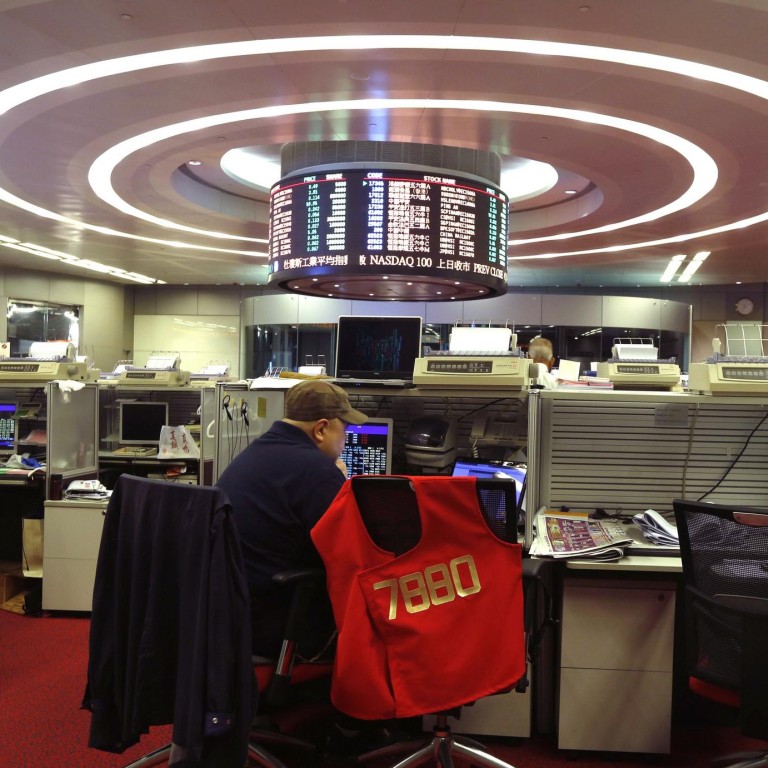
Lessons for Hong Kong's HKEx in Singapore’s winning streak
HKEx needs innovation in creating products based on mainland markets to attract investors
Hong Kong Exchanges and Clearing shareholders face serious disappointment over the launch of new mini metals contracts, but they should not be surprised, given that studies show 95 per cent of all new contracts launched by exchanges fail.
Volumes have been low and are unlikely to improve in the short term. That will not seem like a good return on the £1.39 billion (HK$16.8 billion) shareholders splashed out to buy the London Metal Exchange two years ago to give HKEx a global edge in metals trading, especially with an LME fee increase looming in January that many market participants believe will push trading to other exchanges.
Underwhelming fees and volumes so far from the Shanghai-Hong Kong Stock Connect scheme are a further disappointment.
Meanwhile, Singapore Exchange, sitting in a tiny island state without the embedded call option of being the offshore financial marketplace of a country with 1.3 billion residents, has successfully launched contracts on a wide range of markets and taken leadership in clearing non-exchange-traded, over-the-counter products. It is a world leader in iron ore swaps clearing with volumes close to 500,000 a month last month - an area where Singapore has a limited natural role.
The Singapore bourse trades nearly five million contracts a month in its relatively young China A50 futures, compared with the low thousands in HKEx's CES China 120 futures. It has also shown impressive volumes in contracts on India, Taiwan and Japan and set the pace in foreign exchange, including landing part of the offshore yuan trade. This is a remarkable feat as launching products in an overseas market should be doomed to failure, given the likely fierce competition from domestic incumbents.
So what are the lessons for Hong Kong?
The harsh reality is that Singapore makes effective plans, executes them well and invests to back them up.
The Singapore bourse realises that it must innovate or die. Over the years, it has built a critical mass by providing non-domestic products on one exchange, centralising both trading and clearing liquidity. In the post-2008 financial crisis world, where capital efficiency has become critical, institutional clients cry out for products tradable in one place. That helps Singapore Exchange solidify its advantage.
It has also carved out a clear role as the favoured financial centre for international investors to trade Asian derivatives. The recent moves by the major global exchanges to establish themselves in Singapore rather than Hong Kong will drive this innovative flair by adding competitive tension.
Almost all real growth at HKEx in recent years has been reliant on the city's proximity to the mainland, which poses a real problem as markets across the border open up and Hong Kong struggles to maintain its favoured-city status.
Real innovation is required to create new products based on mainland markets that appeal to global investors. Taking products listed in London, dividing them by five and quoting them in yuan does not cut the mustard. Investors want real innovation.
